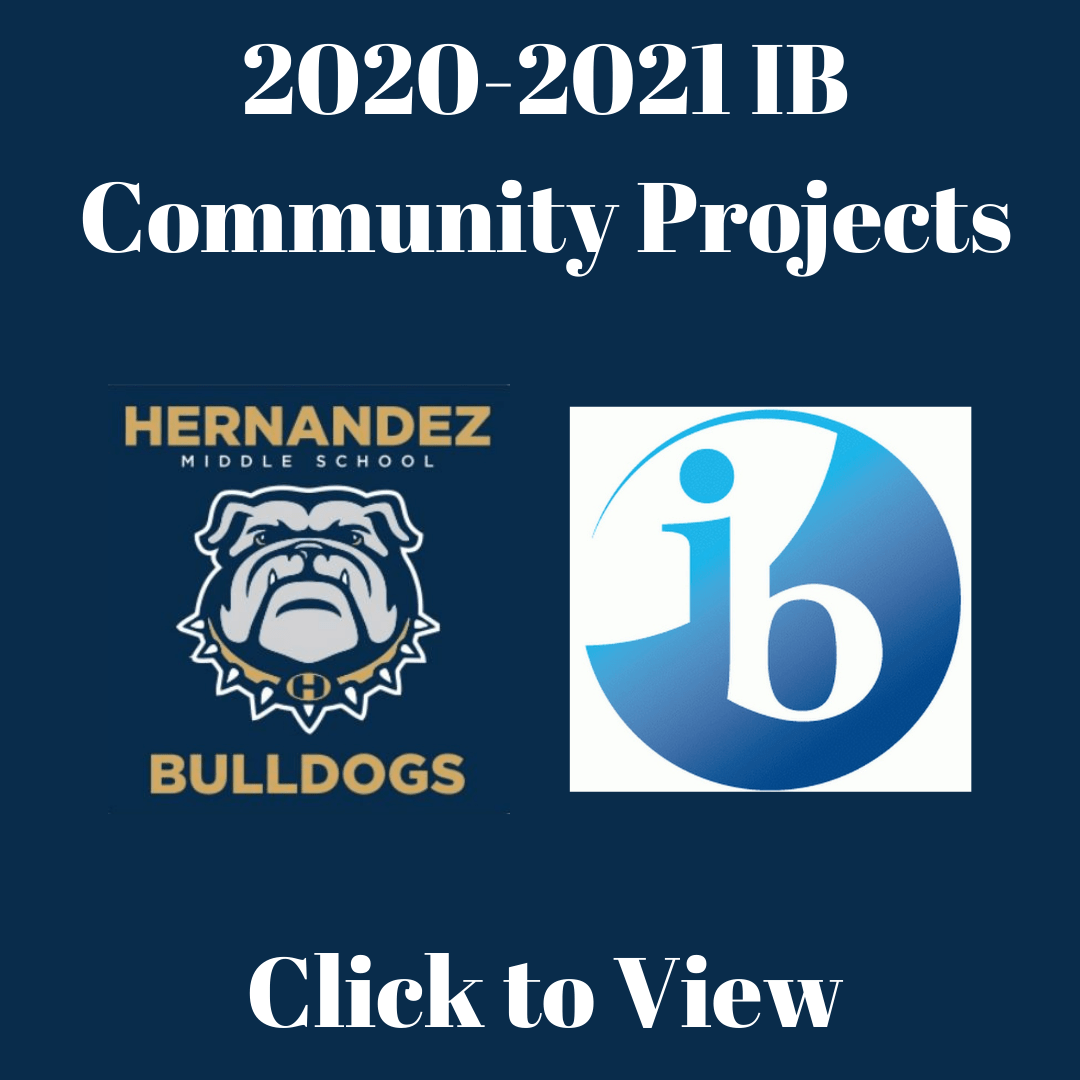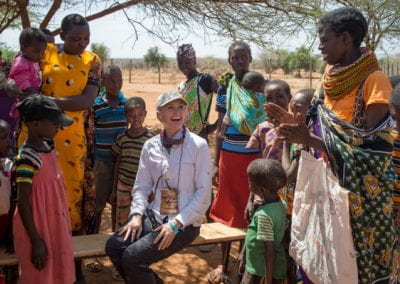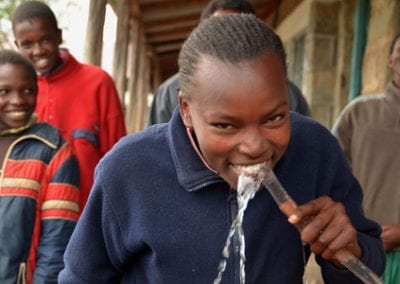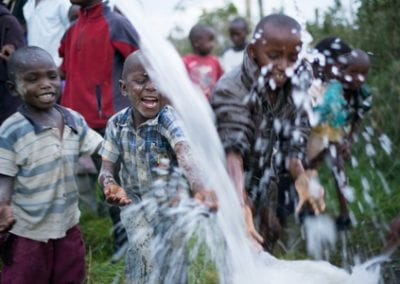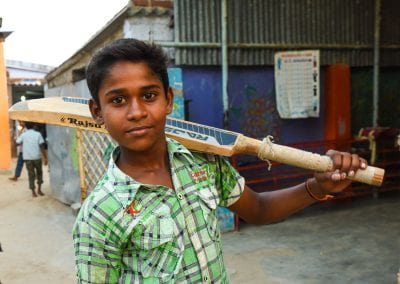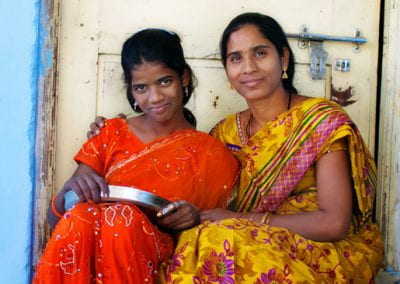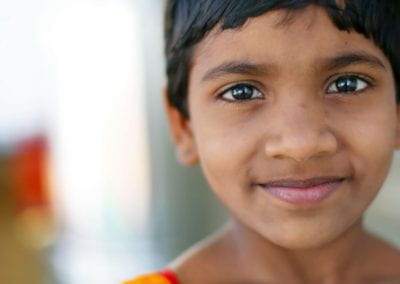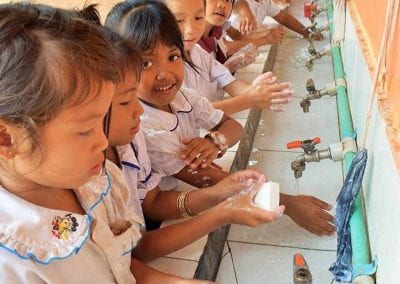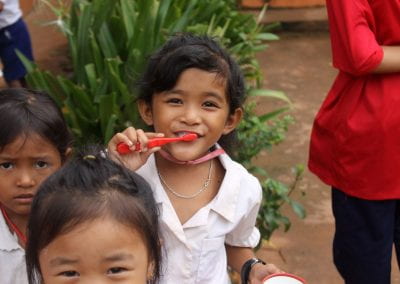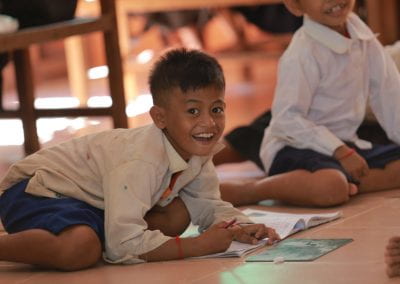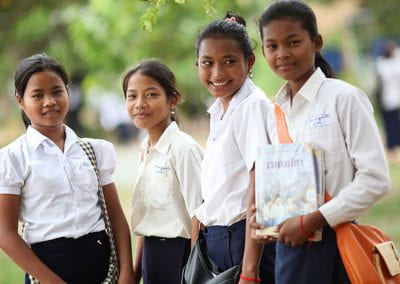Welcome to the Hernandez IB Middle Years Programme
All of our 6th-8th grade students are part of the International Baccalaureate (IB) Middle Years Programme (MYP), a 3 year international program for students aged 11-15. We are very proud of our IB MYP for grades 6-8, and we encourage our students to continue with the IB Middle Years Programme in grades 9 and 10 at Stony Point High School. In addition, students also have the option of participating in the IB Diploma Programme in the 11th-12th grade, after which they can graduate with an IB Diploma as well as college credits based on their performance. Studies have shown that students who are enrolled in IB have a better chance of going to and staying in college.
IB Mission/Vision
The International Baccalaureate aims to develop inquiring, knowledgeable and caring young people who help to create a better and more peaceful world through intercultural understanding and respect.
To this end the organization works with schools, governments and international organizations to develop challenging programmes of international education and rigorous assessment.
These programmes encourage students across the world to become active, compassionate and lifelong learners who understand that other people, with their differences, can also be right. IB Mission Statement.
IB Policies and Curriculum
Hernandez Middle School IB Policies:
IB Resources:
For further information about the IB and its programmes, visit the following links:
- IB Website
- IB Parent Pack
- Round Rock ISD Graduation Profile/International Baccalaureate (IB) Diploma Comparison Part 1 Part 2
IB Curriculum:
The MYP curriculum framework comprises eight subject groups, providing a broad and balanced education for early adolescents.
Additional IB Information
IB MYP Report Card
8th Grade IB Community Project Information & Handbook
Click Here to View the IB Community Project Student Handbook
What is the Community Project?
It is a year long student-lead project during the 8th grade year. Students are given opportunities to develop service as an action to address a need in the community or beyond. This service may be direct, indirect, advocacy, or research based. In the community project, students develop a proposal for action to serve the need in the community. This proposal for action can take many forms. Students may create a written proposal, flow charts, thought mapping, diagrams, or any variety of forms to record their proposal for action. These should be recorded in their process journals and addressed in their oral presentations.
The MYP community project (for 8th grade students) aims to encourage and enable sustained inquiry focusing on one of the UN (United Nations) Sustainable Development Goals that generates new insights and deeper understanding. In these culminating experiences, students develop confidence as principled, lifelong learners. They grow in their ability to consider their own learning, communicate effectively and take pride in their accomplishments.
As students evolve through the service learning process, they may engage in one or more types of action through the Community Project:
- Direct service: Interaction that involves people, the environment or animals. Examples include one-on-one tutoring, developing a garden alongside refugees, or teaching dogs behaviors to prepare them for adoption.
- Indirect service: Although students do not see the recipients during indirect service, they have verified that their actions will benefit the community or environment. Examples include redesigning an organization’s website, writing original picture books to teach a language, or raising fish to restore a stream.
- Advocacy: Students speak on behalf of a cause or concern to promote action on an issue of public interest. Examples include initiating an awareness campaign on hunger in the community, performing a play on replacing bullying with respect, or creating a video on sustainable water solutions.
- Research: Students collect information through varied sources, analyze data and report on a topic of importance to influence policy or practice. Examples include conducting environmental surveys to influence your school, contributing to a study of animal migration patterns, or compiling the most effective means to reduce litter in public spaces.
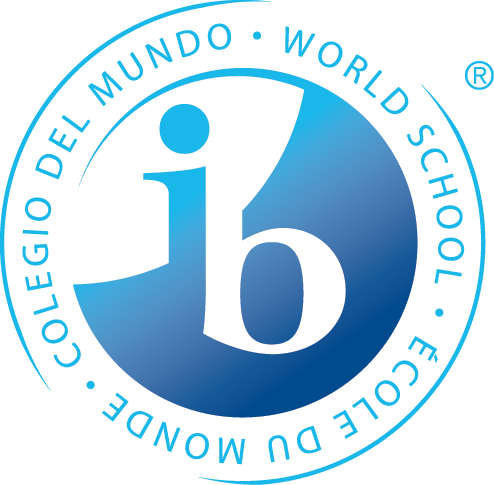
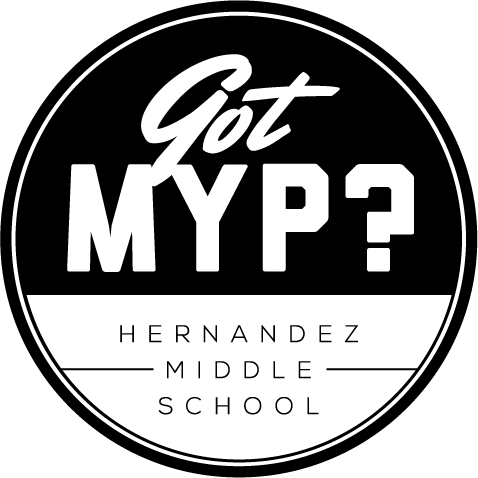
School-wide IB Community Project
Our water systems work and they last because of realistic, responsible planning and collaboration. Our partner communities are motivated, organized, and prepared communities who need only sustainable clean water to kick-start their success. We adapt each project according to each community’s specific needs. And, our partner communities are thriving as a result.“
Foundation works hard to reunite children with a parent or relative
and for those whom this is not possible they explore every avenue
to get them into a loving family.
children await placement in a family, they ensure that they are
cared for and thriving.
entering orphanages in the first place through community
strengthening and training government officials in family based
care.Their goal is not only to break the cycle of poverty, but to
have each child become a healthy, happy, self-sustaining person –

IB Learner Profile Traits
As IB learners, our students strive to be caring, inquirers, knowledgeable, open-minded, principled, balanced, thinkers, reflective, risk-takers and communicators. Every six weeks Hernandez Middle School hosts a Learner Profile award ceremony to honor students who demonstrate one of the ten IB learner profile traits.
 Hernandez Middle School
Hernandez Middle School 